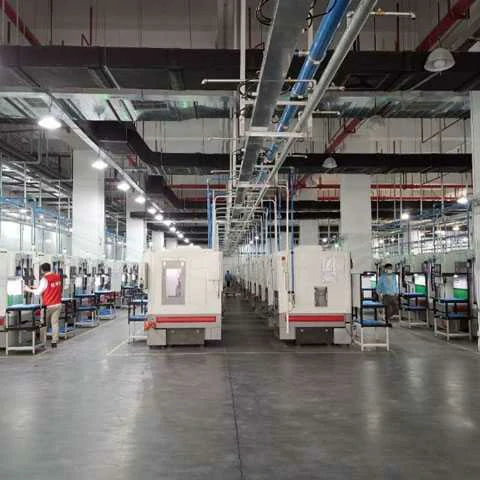“`html
Design principles play a crucial role in ensuring the efficiency, safety, and reliability of piping systems in various industrial and commercial applications. When it comes to designing piping systems, there are several key principles that engineers and designers must consider to achieve optimal performance and functionality.
Material Selection
One of the primary design principles in piping systems is material selection. Choosing the right materials for constructing pipes is essential to ensure durability, corrosion resistance, and the ability to withstand varying operating conditions. Common materials used in piping systems include steel, copper, stainless steel, and various types of plastics. Factors such as the type of fluid being transported, temperature, pressure, and environmental considerations all influence the selection of the most suitable material for the specific application.
Proper Sizing and Layout
Ensuring proper sizing and layout of piping systems is critical for efficient fluid flow and pressure management. The diameter of the pipes, along with the layout and configuration of the system, directly impacts the flow rates, pressure drops, and overall performance. Factors such as fluid velocity, pressure losses, and potential obstructions must be carefully evaluated during the design phase to optimize the system’s performance while minimizing energy consumption and operational costs.
Support and Anchorage
Support and anchorage are essential design principles that focus on maintaining the stability and integrity of piping systems. Proper support mechanisms, including hangers, clamps, and anchors, must be strategically placed to prevent excessive vibration, sagging, or movement due to thermal expansion and contraction. Additionally, considerations for expansion joints, flexibility, and thermal insulation play a vital role in mitigating stress and strain on the piping components, ultimately extending the system’s lifespan and reducing the risk of failures.
Safety and Regulatory Compliance
Adhering to safety standards and regulatory requirements is a fundamental design principle for piping systems. Engineers must ensure that the design meets relevant industry codes and standards, such as ASME B31.1 for power piping or ASME B31.3 for chemical plants. Additionally, considerations for risk assessment, emergency shutdown procedures, and the implementation of safety devices, such as pressure relief valves and protective barriers, are integral parts of the design process to safeguard personnel, the environment, and surrounding assets from potential hazards.
Maintenance and Accessibility
Another important aspect of piping system design is the consideration of maintenance and accessibility. Designers must plan for easy access to valves, control instruments, and other components for inspection, maintenance, and repair activities. Incorporating features such as removable sections, access doors, and adequate clearance space around equipment facilitates efficient maintenance practices, reducing downtime and enhancing the overall reliability of the system.
In conclusion, the design principles in piping systems encompass a range of factors, including material selection, proper sizing and layout, support and anchorage, safety and regulatory compliance, and maintenance considerations. By integrating these principles into the design process, engineers can develop piping systems that not only meet operational requirements but also exhibit longevity, safety, and cost-effectiveness.
“`
.webp)
